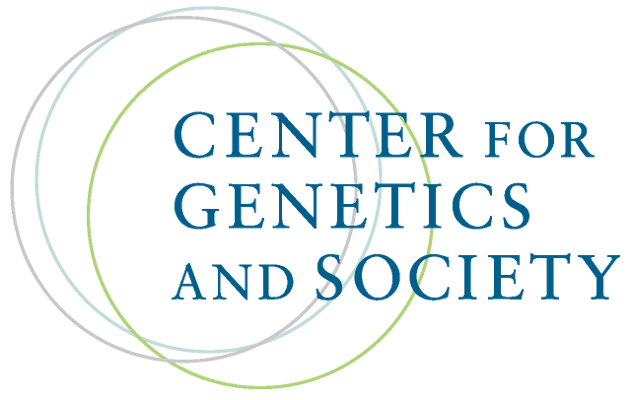Crossing An Ethical Boundary
By Marcy Darnovsky,
The Journal of Life Sciences
| 05. 19. 2008
What prompted the recent headlines about genetically-modified human embryos? Why did a brief account of an experiment at Cornell University, presented last fall at an American Society for Reproductive Medicine conference and then published without fanfare in its journal Fertility and Sterility, suddenly make news around the world?
The work in question involved transferring a gene that codes for a fluorescing protein into a non-viable human embryo, and showing that all the cells in the embryo glowed after three days of cell division. As one of the research team's members later acknowledged, it was the first time that scientists are known to have created a genetically-modified human embryo.
Strangely, the study stayed beneath the public and media radar for months. It was brought to the attention of the UK's Sunday Times by Dr. David King, director of the British organization Human Genetics Alert, who came across it recently while reading a document prepared by the Human Fertilization and Embryology Authority. The story ran in the May 11 Sunday Times and was then picked up by the Associated Press and...
Related Articles
By Liyan Qi and Jonathan Cheng, The Wall Street Journal | 03.26.2025
photo via Wikimedia Commons licensed under CC by 3.0
Chinese scientist He Jiankui set off global outrage and landed in prison after he skirted ethical guidelines and claimed he had produced genetically modified babies designed to resist HIV infection.
Now, the self-styled ...
By Anna Louie Sussman, The New York Times | 03.25.2025
On June 24, 2022, the same day the Supreme Court issued its decision in Dobbs v. Jackson Women’s Health Organization, I received a call from the fertility clinic where I’d been undergoing in vitro fertilization, informing me that seven of...
By Michael Gibney, PharmaVoice | 03.20.2025
The death this week of a teenager receiving Sarepta Therapeutics’ gene therapy Elevidys for Duchenne muscular dystrophy is a tragic reminder of the stakes involved in cutting-edge biotech innovation.
While gene therapies like Sarepta’s offer an opportunity to treat and...
By Staff, The Medicine Maker | 03.21.2025
"The Promise and Peril of CRISPR" cover by Johns Hopkins University Press
As a paediatrician taking care of children with sickle cell disease, Neal Baer, a Harvard Medical School graduate, was in awe of the power of CRISPR technologies. Later...



